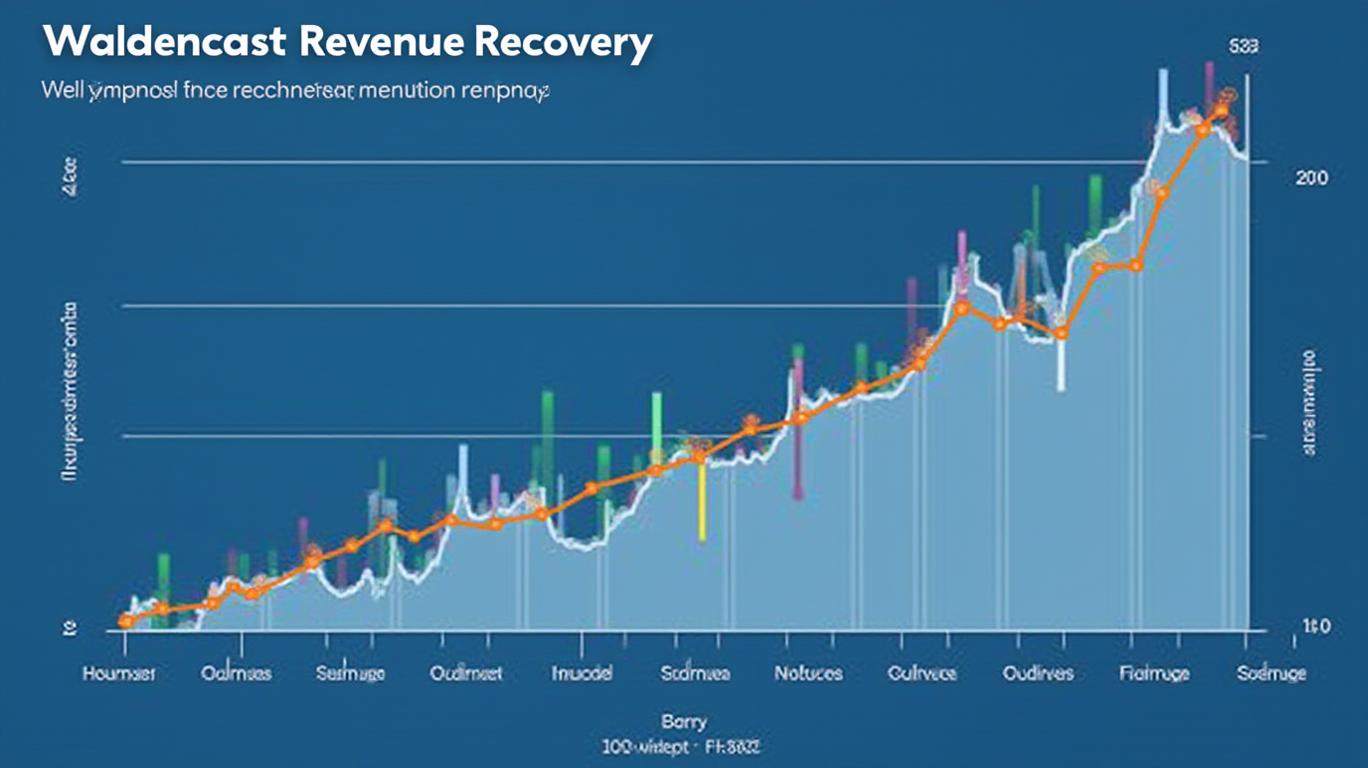Waldencast PLC: Navigating Headwinds with Strategic Resolve and Innovation
Amid a backdrop of supply chain turbulence and macroeconomic uncertainty,
(WLD.L) has reaffirmed its commitment to long-term profitability through disciplined execution and innovation. While Q1 2025 results revealed near-term headwinds—including a 4.1% revenue decline—the company’s strategic focus on supply chain optimization, tariff mitigation, and brand-driven growth positions it for a rebound in the latter half of 2025. Let’s dissect how Waldencast is turning challenges into catalysts.
Supply Chain Restructuring: From Disruption to Resilience
Waldencast’s Q1 struggles were largely self-inflicted, stemming from intentional supply chain overhauls. Obagi Medical’s 7.1% revenue growth was tempered by inventory shortages in its Physician Dispense channel, caused by a consolidation of logistics partners and temporary stockouts. However, these moves are strategic: the company is streamlining operations to enhance fulfillment reliability and reduce costs. By integrating online warehousing and optimizing inventory flexibility, Waldencast aims to resolve out-of-stock issues by mid-2025, unlocking pent-up demand.
Meanwhile, Milk Makeup’s 15.1% revenue decline reflects both tough comparisons to its 2024 Jellies launch and international inventory adjustments. Yet the brand’s March 2025 Hydro Grip Gel Tint launch—a product that sold out rapidly—demonstrates the power of its innovation pipeline. With restocking efforts underway and a late February 2025 entry into Ulta Beauty (driving high single-digit U.S. retail sales growth), Milk Makeup is primed for a rebound.
Tariff Mitigation: A Low-China Sourcing Advantage
Waldencast’s exposure to Chinese tariffs—pegged at just 10% of COGS, primarily tied to packaging—places it in a rare position of resilience. Unlike peers reliant on Asian manufacturing hubs, over two-thirds of Waldencast’s costs stem from U.S.-based operations. This geographic diversification shields the company from the volatility of trade policies, enabling it to absorb modest cost increases (low-to-mid-single-digit price adjustments) without sacrificing margins. CFO Manuel Manfredi emphasized this as a “strategic win,” allowing Waldencast to prioritize growth over tariff-driven cost-cutting.
Brand Innovation: The Dual-Engine Growth Machine
- Obagi Medical: Beyond supply chain fixes, Obagi is leveraging its clinical expertise to fuel demand. Its pipeline includes advanced skincare innovations targeting dermatologists, ensuring long-term differentiation in the prestige skincare market.
- Milk Makeup: The Hydro Grip Gel Tint’s success exemplifies Milk’s ability to capture trends. Its Ulta Beauty expansion—a channel with 1,100+ stores—provides a scalable platform for U.S. retail growth, while international markets stabilize post-inventory corrections.
Financial Discipline and Liquidity Strength
Despite a 61.5% drop in adjusted EBITDA to $4.4 million, Waldencast’s mid-teens net revenue growth target remains intact. The company has bolstered liquidity with a $205 million five-year credit facility (maturity extended to 2030), reducing refinancing risks. While net debt rose to $172.1 million, this reflects strategic inventory buildup and investments in growth infrastructure—costs that will pay dividends as supply chain bottlenecks ease.
Why Q1 Was a Detour, Not a Destination
Waldencast’s Q1 struggles were predictable given its dual focus on restructuring and growth acceleration. The company’s prioritization of long-term health over short-term profit—evident in high-teen marketing spend increases and EBITDA reinvestment—aligns with its mid-to-high teens margin targets. With supply chain improvements, Ulta’s momentum, and Obagi’s clinical pipeline, H2 2025 could see a sharp reversal in trends.
Investment Thesis: Buy the Dip, Harvest the Upside
Waldencast’s stock price has yet to reflect its strategic progress, offering a compelling entry point. Key catalysts include:
1. Obagi’s inventory normalization by Q3, boosting its EBITDA margin back toward 20%+.
2. Milk Makeup’s Ulta-driven U.S. growth, which could offset international volatility.
3. Margin expansion as cost savings from supply chain reforms and higher sales volumes take hold.
The company’s 10% tariff exposure and liquidity strength further reduce downside risk. For investors willing to look past Q1’s noise, Waldencast offers a rare blend of innovation, operational discipline, and defensive positioning in a volatile beauty market.
Final Take: Waldencast’s short-term hiccups are transitional. With its dual brands firing on all cylinders and a supply chain now set for reliability, the firm is primed to deliver on its mid-teens growth targets—and then some. This is a buy for the next 12–18 months.


Comments
No comments yet